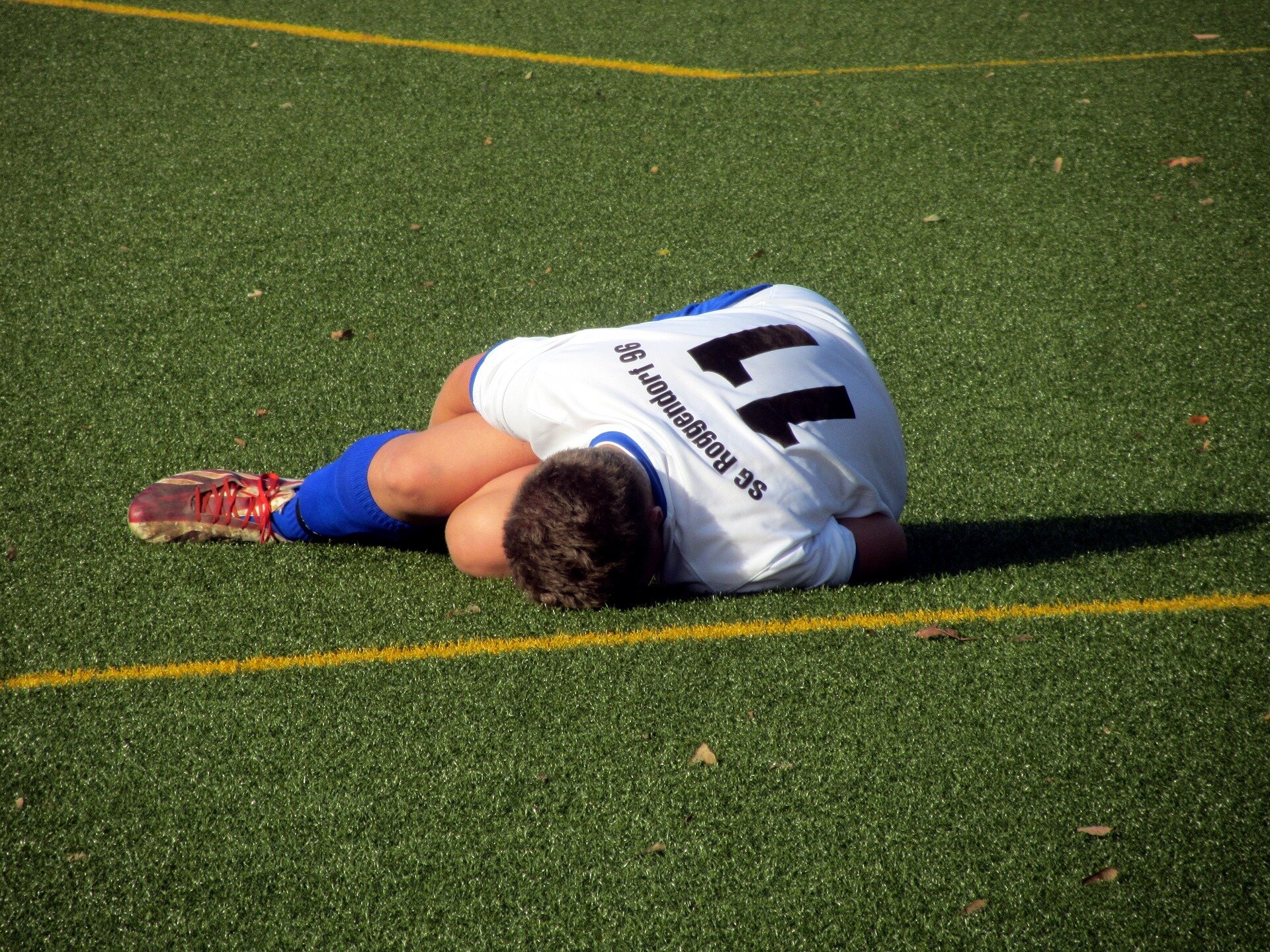Hamstring strains come in three grades of severity from a less severe strain to a complete tear. They often occur during sports when an athlete accelerates or quickly changes directions on the court, field, or ice. Physical Therapy consisting of activity modification, education, and gradual progressive strength training remain the first line treatment for grade I and II injuries. In addition, authors have begun to research the effects of platelet rich plasma (PRP) injections of soft tissue injury. The injections are designed to augment and accelerate the body’s natural healing through cellular and circulatory mechanisms. While laboratory cellular and some clinical studies show promise in conditions such as knee osteoarthritis and tendon injury other studies have shown limited effects.
A review of the literature on PRP for hamstring injuries was published in the American Journal of Sports Medicine (Seow et al. 2021). Authors included 10 studies on over 200 hamstring injuries treated with PRP. Of these 69 were grade I (lease severe), 191 were grade II, and 6 were grade III (most severe). In the majority of the studies Physical Therapy was either used a comparison treatment or used in combination with PRP. Authors reported there were no significant treatment effects of including PRP with Physical Therapy vs. Physical Therapy alone for both recovery time/return to play or reinjury rates. This summary of the literature indicates Physical Therapy is primarily responsible for the beneficial effects of the combined PRP and PT treatment arm.
Frustratingly, neither the PRP or PT protocols and programs were standardized well by the included studies. In addition, to the lack of standardization of PRP and Physical Therapy protocols other methodological concerns included patient drop outs, lack of a natural history group or a placebo injection, and lack of strict controls on PRP collection and injection procedures. More research is needed to determine which PRP protocol is most effective for this condition and in what combination of Physical Therapy exercises.
Click Here to schedule your next appointment with the experts at MEND

